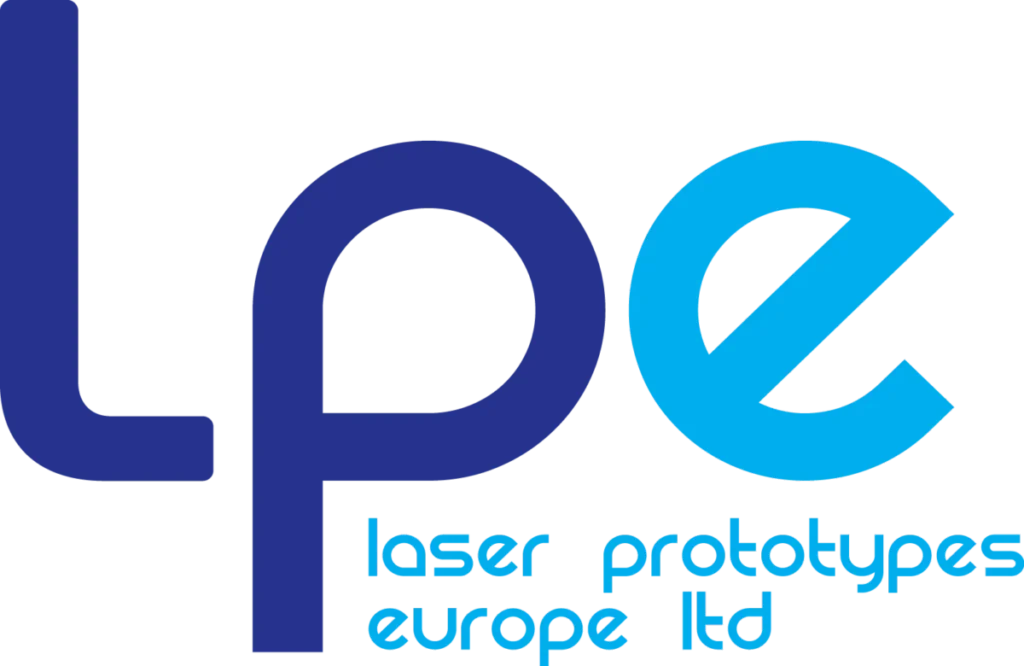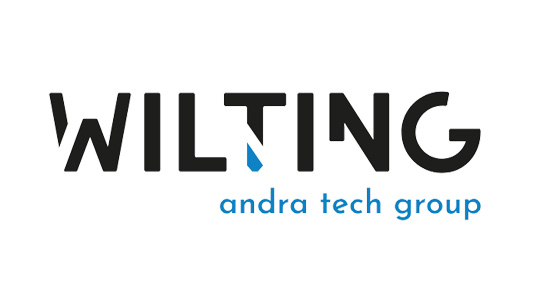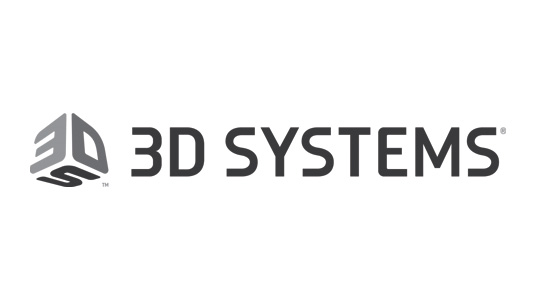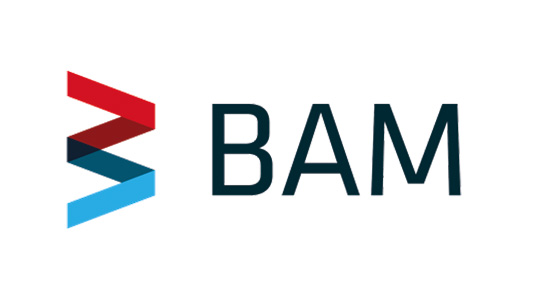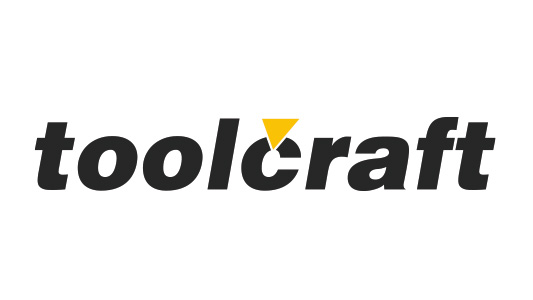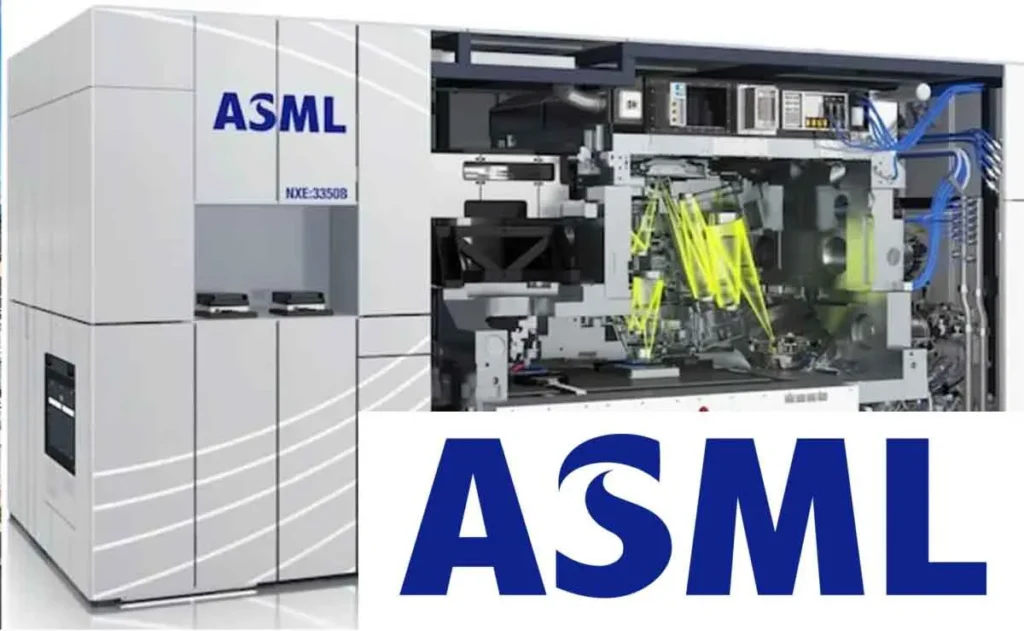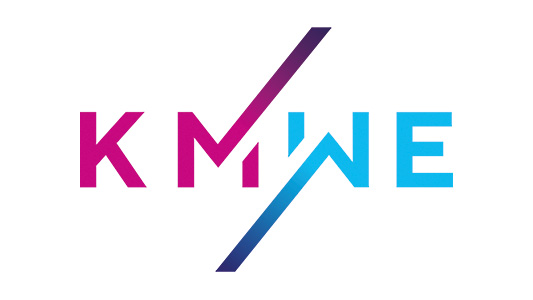DIN EN ISO/ASTM 52904:2019
Additive manufacturing - Process characteristics and performance - Practice for metal powder bed fusion process to meet critical applications
Shalls:
90
Shoulds:
5
This standard provides recommendation for the operation and production control of metal powder bed fusion (PBF) machines and processes appropriate in areas of critical applications. A critical application can be assumed once failing parts-functionality leads to immediate threats. The requirements contained herein are applicable for production components and mechanical test specimens using powder bed fusion (PBF) with both laser and electron beams.
Qualified AM’s contribution in setting DIN EN ISO/ASTM 52904:2019
Qualified AM GmbH supports compliance workflows aligned with ISO/ASTM methodologies but does not replace official standards. All references to ISO/ASTM/DNV standards are for guidance only. Users must obtain the official documents from the respective organizations (e.g., ISO.org, ASTM.org, DNV.com) to ensure full compliance.
Supplier related with DIN EN ISO/ASTM 52904:2019
